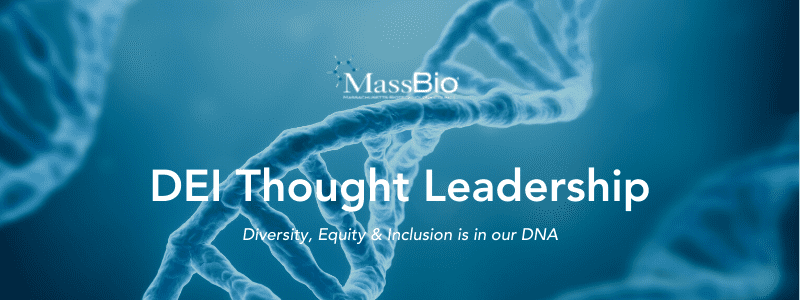
When it comes to supporting gender equity and women’s [1] rights, many cisgender men believe they’re already doing their part, but there is a long way to go before women are fully equal to cis men – at work, in hiring, salary, benefits, mentoring, and promotion; at home, in the unequal division of childcare and household labor between partners; and in leadership positions.
Real, sustainable change requires cis men to become full partners and allies in supporting gender equity and in ending discrimination and harassment. It also requires cis men to understand how various identities (such as race, gender identity, sexual orientation, religion, and ability) impact the equation.
To make progress, there is a need to understand how cis men are currently responding to calls for gender equity across the domains of leadership, work, and home, as well as how women perceive these responses.
Although most cis men notionally support more gender inclusion and equity, there is clear research that cis men often are challenged at recognizing gender discrimination and harassment in real time. For instance, despite the recent focus on workplace sexual harassment and assault, a 2018 study revealed that 77% of cis men didn’t see harassment as a problem — even as 38% of their female colleagues reported experiencing workplace harassment. Lack of awareness can keep even well-intentioned cis men on the sidelines, rather than serving as effective advocates and accomplices for change.
Situational awareness is a key element of what we refer to as male gender intelligence (GQ). Sharpening your situational awareness requires greater vigilance to the gender dynamics operating in the workplace. Developing more acute situational awareness demands that cis men focus in on the relational environment, watch carefully, ask curious questions of female colleagues, and then engage in generous listening. Moreover, it requires honest humility and a perpetual learning orientation. Situationally aware cis men become more acutely attuned to gender inequities and harassment and are more willing to address them in real time.
Here are several things cis men can begin doing today to build their awareness of women’s experiences and gender inequities in the workplace.[2]
Self-educate.
Self-education heightens awareness of gender inequities, reduces sexist attitudes, and increases participation in gender equity initiatives. Build your own GQ by reading about gender in the workplace and attending gender inclusion events. Emotional labor is part of allyship. An ally takes the time to do their homework in reading, listening, understanding, without burdening people from underrepresented communities to do more of the labor they’ve been doing already.
What is more, you will learn a lot simply by bearing witness to your peers. But people from underrepresented communities do not exist solely to educate allies, and you’ll want to be cognizant of when and where you ask for more information. If you ask a question, accept that the answer may be “it’s too much to get into right now, but there’s a lot of research on this topic.” Ask Google first. Ask another ally second. Ask the people from underrepresented communities last.
Attend to nonverbals.
Building better situational awareness requires improving your skill at reading nonverbal language. Be aware of any nonverbal cues that all is not well with a female colleague. Consider the following questions as you go about your day:
- How would you describe the mood in the room (e.g., good-natured, energized, icy, angry, anxious)?
- Who appears to be comfortable? Who is folded in on themselves?
- Who’s clenching their jaw or furrowing their brow — classic signs of stress?
- Who’s not laughing at a joke along with others?
- Who avoids making eye contact?
- When the norm in the virtual environment is to have cameras on, who keeps their camera off?
Focus on the intersections.
Developing your GQ and sharpening your situational awareness requires learning about the experiences of women of color (among other intersectional identities) — first understanding and, then, noticing that they are more likely than white women to feel devalued, demeaned, disrespected, excluded, and isolated. Many women of color feel invisible because they are the dominant group for neither their gender nor their race. A situationally aware man is more inclined to notice when a Black woman is held to an unfair standard, overlooked for a promotion opportunity, offered less money at hiring, or mistaken for administrative or janitorial staff — and intervene.
- Do you notice simplified language or assumptions that define people by a single identity?
- Do people on your team avoid conversations about identities different from their own?
- Are there people who are more likely to “cover” or hide their identities because they don’t feel comfortable or safe expressing them?
Pay attention to who is included.
Ask yourself:
- Who’s in the meeting? Who is missing?
- Given the topic of discussion, who should be in the room discussing their work or serving as a subject-matter expert? Do the attendees match that list?
- Who’s sitting at the table? Who’s standing or sitting in an outer ring?
- Who’s speaking most of the time and who rarely contributes? Whose input hasn’t been solicited and who is being ignored?
- Who’s being interrupted? Who’s being dismissed?
Developing a deeper understanding of the experiences of the women around you and sharpening your situational awareness will inevitably and irrevocably transform your perspective. Asking, listening, and learning in this way will benefit everything you do as an ally. Becoming an effective ally doesn’t happen overnight. It needs to be done purposefully and people need to be open to thinking about themselves critically, but it has the potential to make a real difference to gender relations and equality.
[1] This article’s use of the word “women” could include cisgender women, trans women, and people with multiple gender identities and/or expressions.
[2] Based on the article Male Allyship Is About Paying Attention” by W. Brad Johnson and David G. Smith. Harvard Business Review. February 2021.